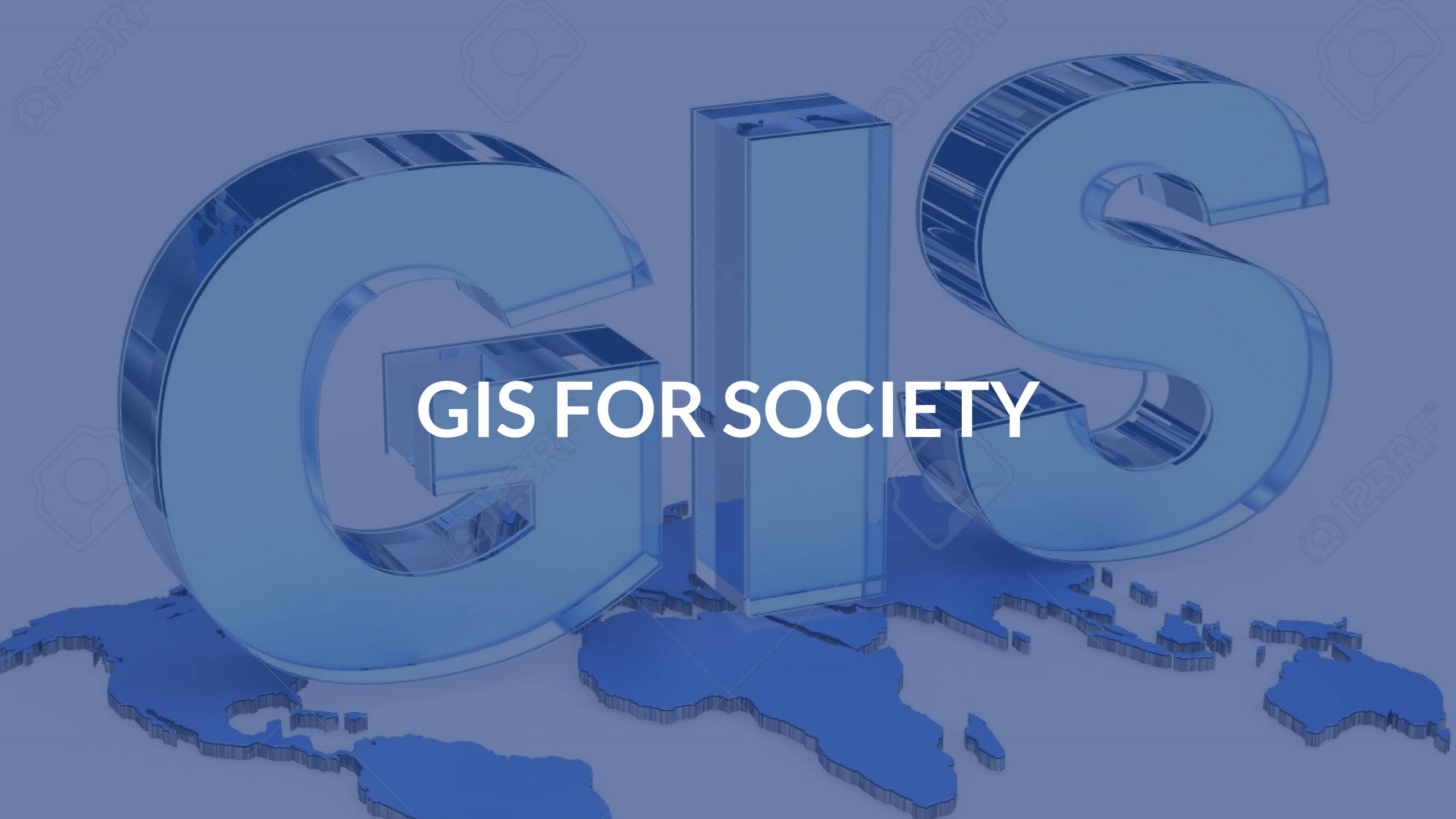
Aim of the training:
- The primary purpose of this training remains to define the notion of geospatial data, its practical creation and use.
- Developing knowledge on conceptual, logical and physical models within geospatial data will be achieved during the training.
- Basic geospatial data models will be explained and practiced with various software based on GIS (Geographic Information System) logic.
- This training aims to enable the participant after the training to model different geospatial data according to different requirements.
- Spatial analysis and compilation of various cartographic products will also be included in this training.
Content:
Geomedia professional
- Working with Vector and Raster data.
- Creating and modeling thematic layers.
- Geospatial Data (Spatial Data) and Non-Geospatial Data (Non-Spatial Data).
- Spatial analysis.
- Preparing a thematic map for printing
Quantum GIS
- Download and adjust parameters for QGIS work.
- Work with coordinate reference systems.
- SHAPE files; creating and editing them.
- Using different Pluggins within QGIS.
- Symbolizing and categorizing geospatial data.
- Data and its use.
- Geo-visualization of natural and / or social phenomena
- Spatial analysis.
- Geospatial data formats and connection to Google Earth.
- Modeling and printing of thematic maps
ArcGIS / ArcCatalog
- Creation of Spatial Database / Geodatabase.
- Development of vector datasets.
- Creating mosaic raster data.
- Development of domains and sub domains for geospatial data.
- Upload (vector) raster and vector data to the geospatial database.
- Creating links between thematic layers in the geospatial database.
Expected results:
At the end of this module participants will be able to:
- Know the concepts of the Geographic Information System and geospatial data
- Know geo-modeling and coordinate systems
- Use the software: Geomedia Professional, QuantumGIS and ArcGIS / ArcCatalog
- Create thematic layers
- Use Vector and Raster data
- Symbolize and categorize geospatial data
- Apply spatial analysis to the function of infrastructure and society
- To create different cartographic products
Duration: 12 hours
https://www.ubt-uni.net/sq/studimi/shkolla-profesionale/trajnime/apliko-online/